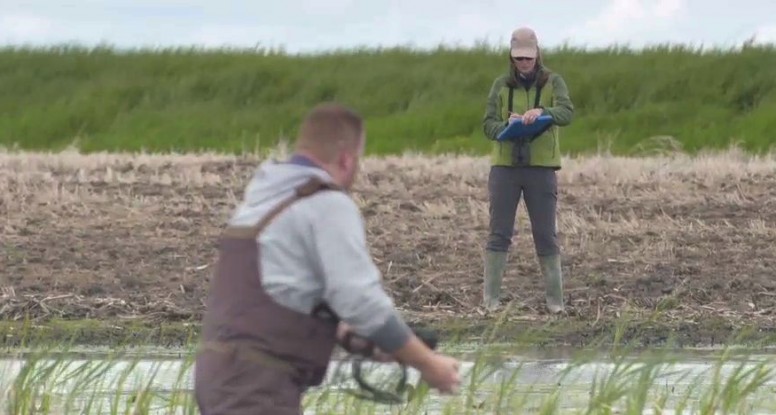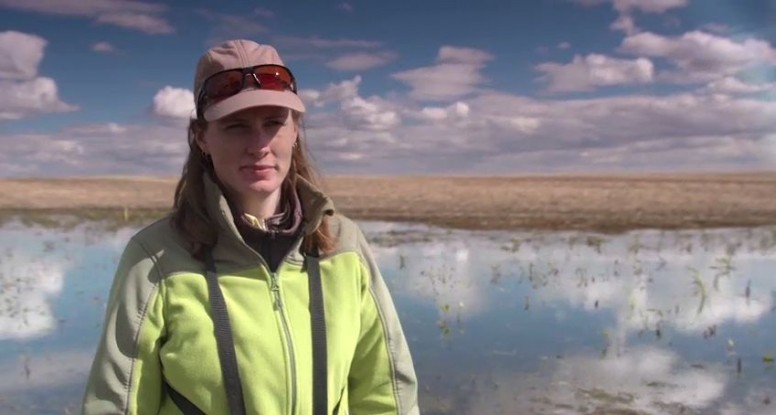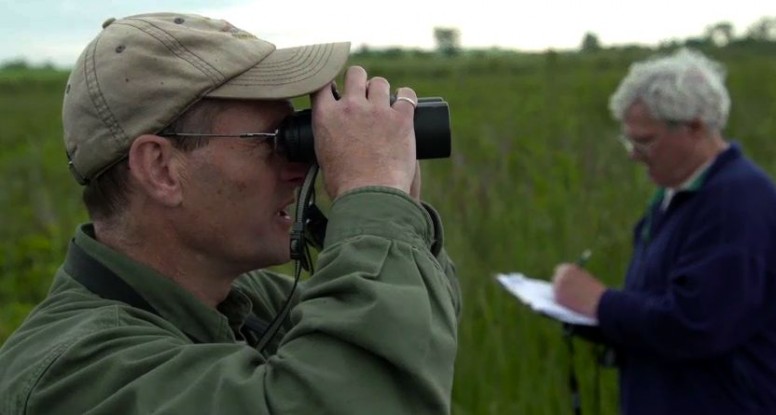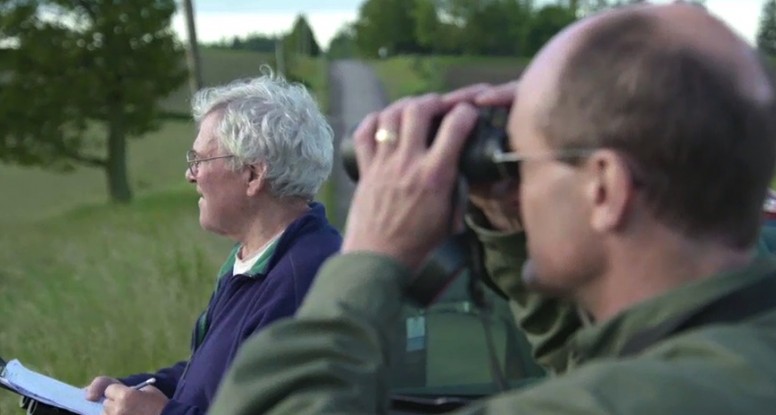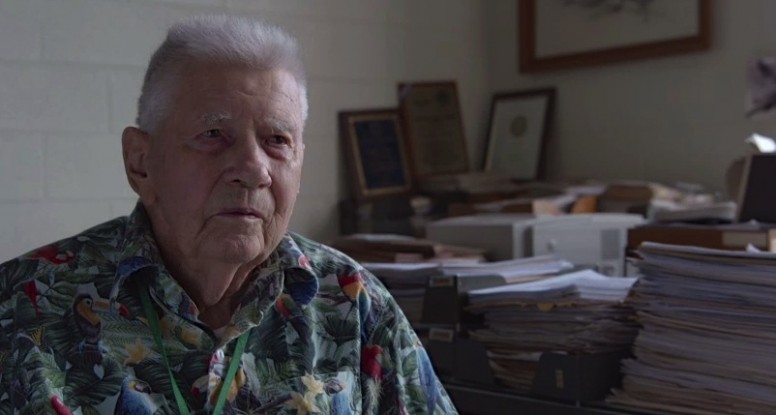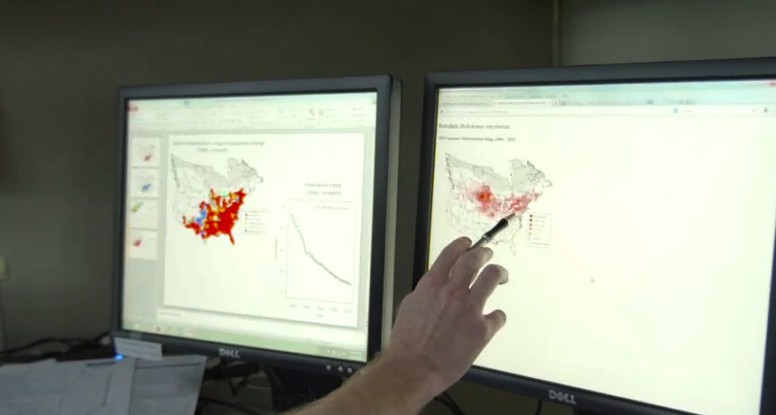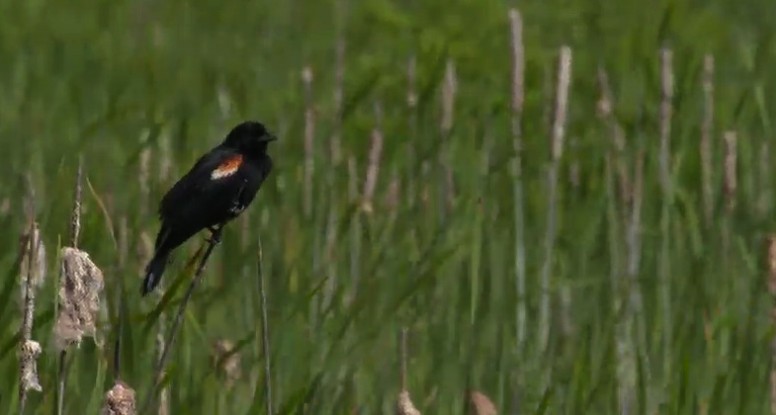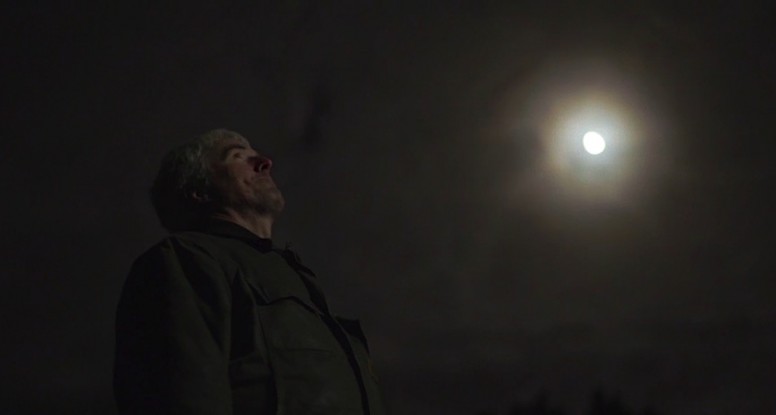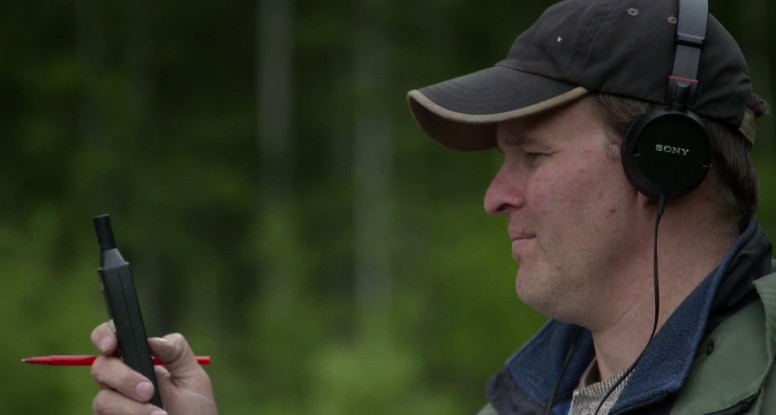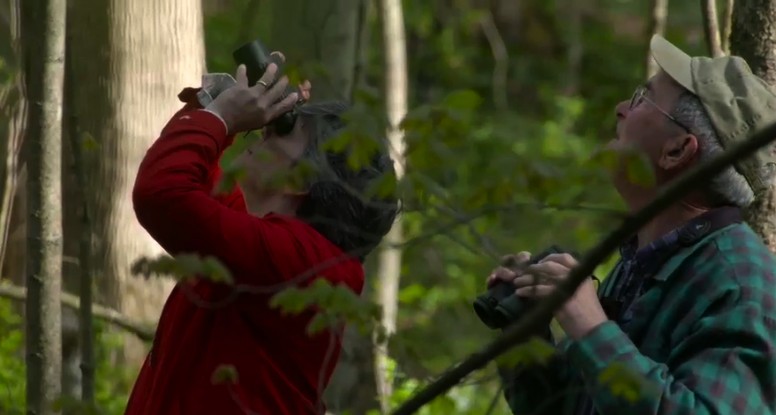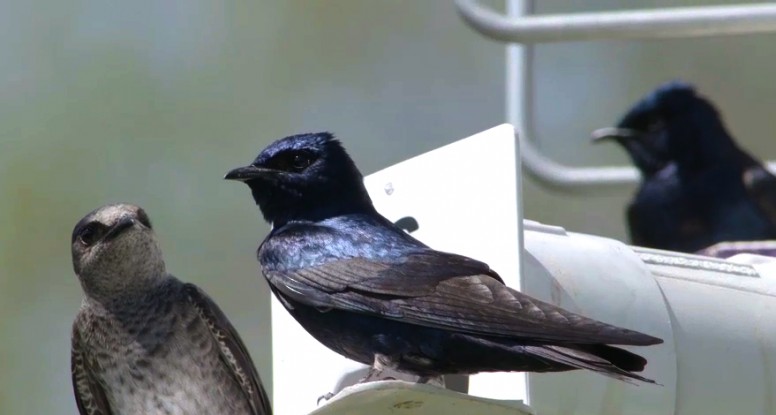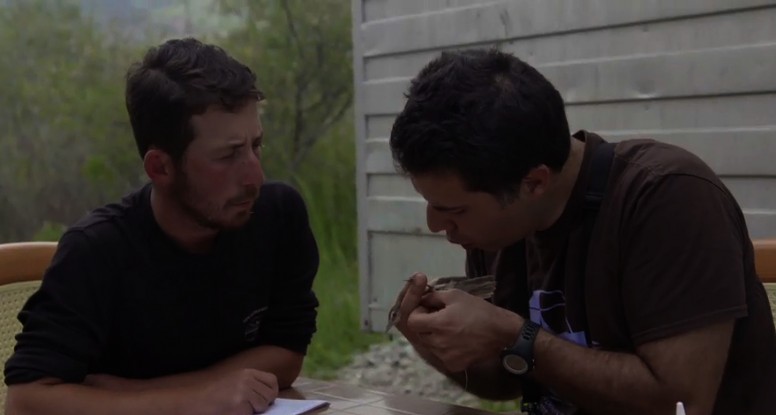Christy Morrissey is in a race against time to prove that neonicotinoid pesticides are causing steep songbird population declines in the Canadian prairies. An ecotoxicologist at the University of Saskatchewan, Christy has been researching how these powerful pesticides are seeping into the surrounding wetlands and poisoning the food chain.
We filmed with Christy last year as she collected her first wetland samples. The results were troubling. Of her 80 test water samples, all but two were contaminated with neonicotinoid pestcides. We checked in with Christy to see how her research is progressing this year. Christy and her team collect spring wetland water sample
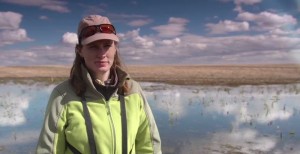
A portion of her study involves measuring the clutch size and body condition of Tree Swallows in different regions across the prairie. Could there be a connection between weaker birds and pesticides?
Christy and her team are in year three of their Tree Swallow study and are developing a stronger understanding of the birds’ diet. In spite of disruptions in their food supply, the birds maintain their diet of midges and mosquitoes, even if they are in short supply.
“We hypothesize that birds at agricultural sites must work harder to deliver to the chicks,” she said. “They will either increase the number of foraging trips or increase the amount of time spend attending the nestlings.” She hasn’t been surprised to notice that the birds are generally weaker in areas with more intensive agriculture and higher concentration of pesticides.
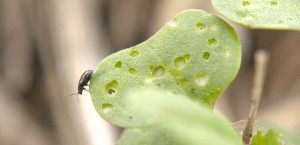
The flea beetle is an incredibly damaging pest for farmers if left untreated
Her team has also started to use radio frequency identification (RFID) tags on the tree swallows to record the number of feeding trips they make to their nests. This new possibility opens up doors to exciting research opportunities; Christy can now relate the number of feeding trips by each sex to their stress response.
This summer will be a busy and exciting time for Christy but at the same time, troubling. During filming, Christy made an interesting comment about her complicated relationship to her research. “I get excited about the results,” she said. “The fact that there are neonicotinoids in the water, seeing impacts as a scientist makes me excited because it’s interesting. But as a naturalist and even just a mother I guess it makes me concerned that…very little work has been done from the regulatory perspective to address this.”

